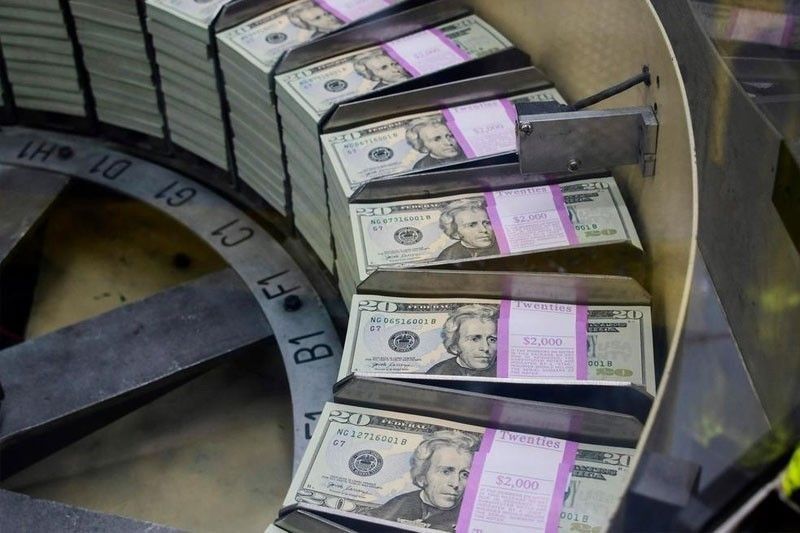Forex reserves up slightly in July

MANILA, Philippines — The country’s gross international reserves (GIR) increased to $85.18 billion in July from the revised $84.93 billion in June as the Bangko Sentral ng Pilipinas (BSP) continues to build up the foreign exchange buffer.
BSP Governor Benjamin Diokno said the month-on-month increase in the GIR was due mainly to inflows arising from the central bank’s foreign exchange operations and income from its investments abroad as well as the national government’s net foreign currency deposits.
However, Diokno said the increase in reserves was tempered by payments made by the national government for servicing its foreign exchange obligations.
The GIR is the sum of all foreign exchange flowing into the country. It serves as buffer to ensure that the Philippines would not run out of foreign exchange that it could use to pay for imported goods and services, or maturing obligations in case of external shocks.
Diokno said the GIR is equivalent to 7.4 months’ worth of imports of goods and payments of services and primary income.
He said the buffer is also equivalent to 5.2 times the country’s short-term external debt based on original maturity and 3.8 times based on residual maturity.
“The end-July 2019 level of GIR serves ample external liquidity buffer,” Diokno said.
The BSP has raised the projected GIR level to $83 billion instead of $77 billion this year as it expects strong inflows of foreign portfolio investments as well as foreign direct investments.
The country’s foreign exchange buffer narrowed by close to three percent to $79.19 billion in 2018 from $81.57 billion after authorities allowed the peso to depreciate to support the growing economy.
The peso emerged as one of the worst performing currency in the region, shedding 5.3 percent to 52.58 to $1 in 2018 from 49.93 to $1 in 2017.
After strengthening back to the 50 to $1 a few weeks ago, the peso has again weakened back to the 52 to $1 level due to the trade war between the US and China as well as the sharp depreciation of the Chinese yuan.
The central bank has been building up the country’s foreign exchange buffer that it uses to buy or sell dollars if it deems necessary to prevent the sharp depreciation or appreciation of the peso against the dollar.
- Latest
- Trending


























